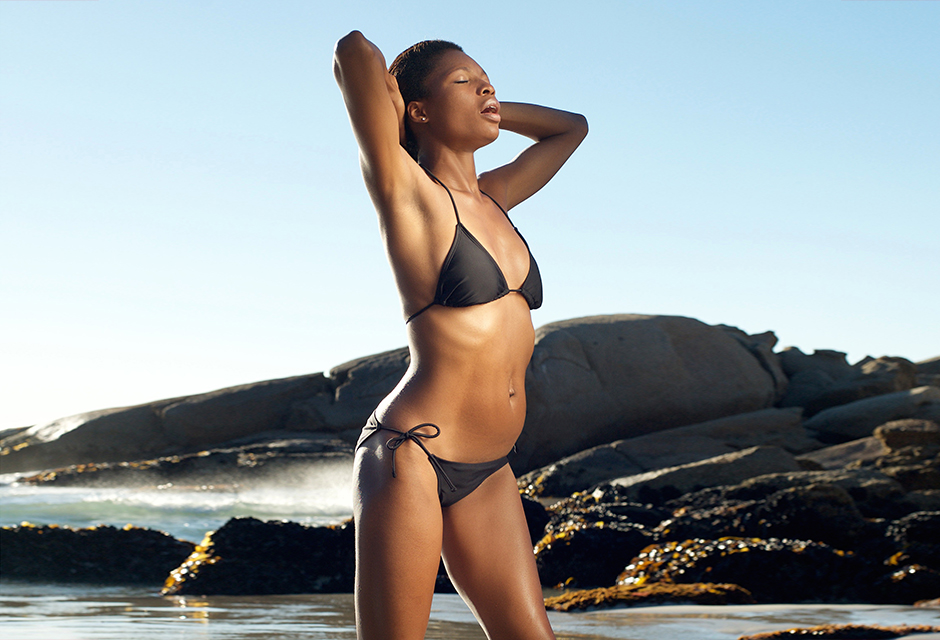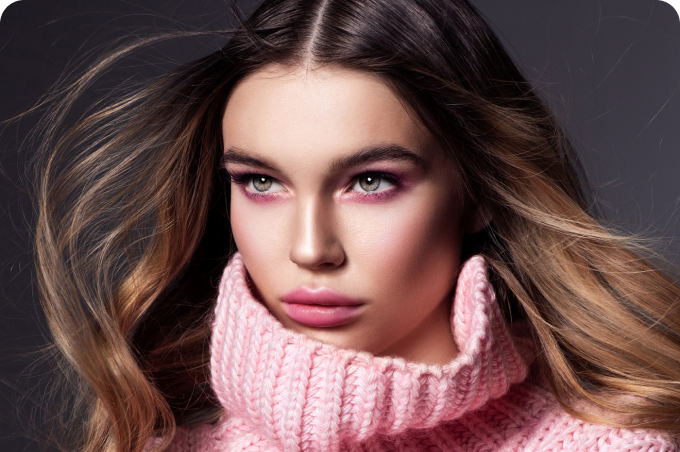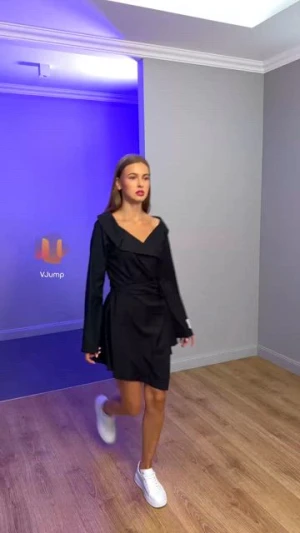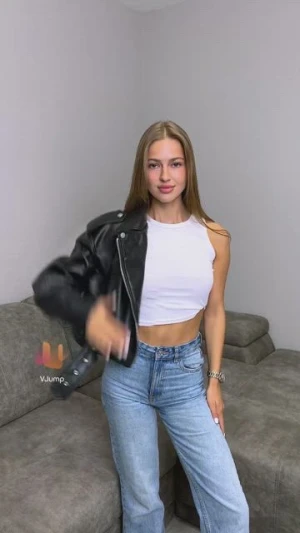Videography: Definition, Basics, and Practical Tips to Get Better

- 10 Videography Tips to Take Your Videos to the Next Level
- 1. Do your Research
- 2. Use what you Have
- 3. Plan Ahead
- 4. Tell a Story
- 5. Show, Don't Tell
- 6. Have Good Lighting
- 7. Keep the Background Simple
- 8. Improve Your Composition
- 9. Experiment with Angles
- 10. Shoot to Edit
Creating a polished, professional-looking video doesn’t have to mean spending on expensive videography equipment and filmmaking workshops. You can become a good videographer just by paying attention to a few key details that may not be obvious at first, and practicing your craft. These videography tricks will prove to be very useful, whether you’re shooting a more high-end production or simply creating a vlog that your viewers will love watching. Let us define what is videography with these tips!
10 Videography Tips to Take Your Videos to the Next Level
Here we have gathered 10 videography ideas for beginners that help you to start your journey into recording compelling stories applicable to any circumstances and occasions starting from gear and research to planning your shots and composition.
1. Do your Research
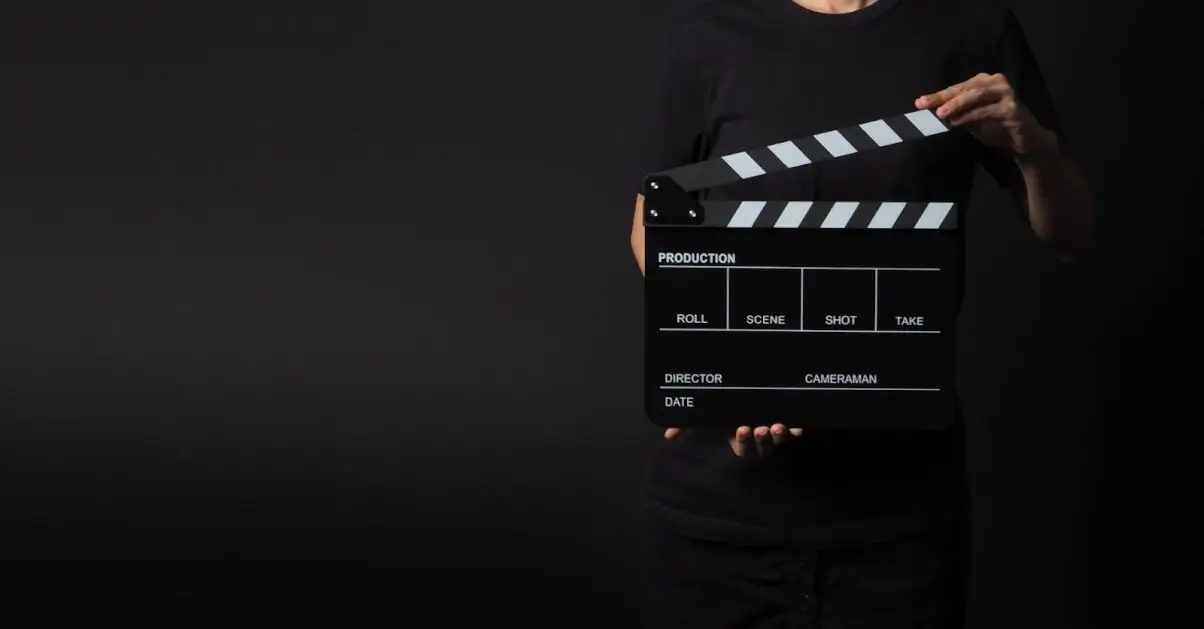
Prioritize thorough research as your cornerstone. Deep knowledge about your subject enriches your storytelling prowess. Whether orchestrating an interview or sculpting a dialogue, comprehension is paramount for effectively conveying essential information to your audience.
2. Use what you Have
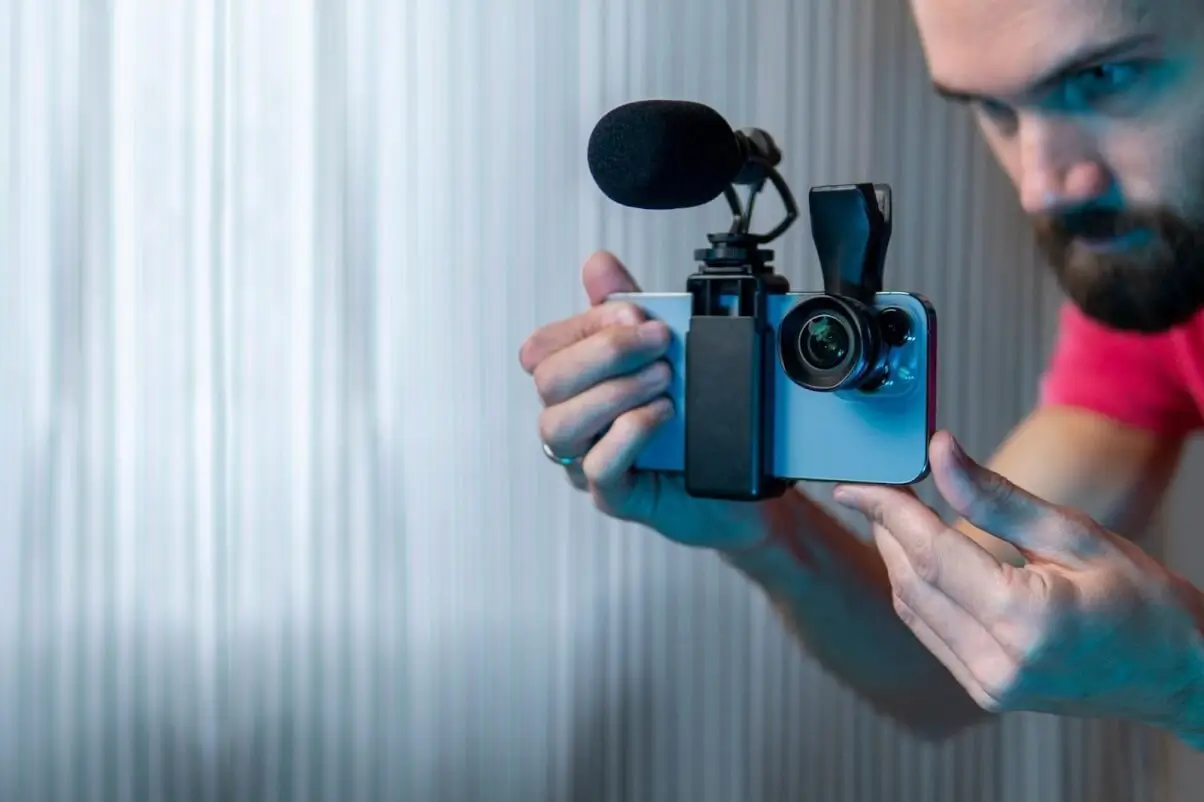
To learn videography you do not need to be gifted on funds to buy expensive equipment. On the contrary, you might already have everything you need. Just look at your phone which already has a camera and that is it! The combination of back camera and landscape mode turns your smartphone into a full-fledged camera.
3. Plan Ahead
Whatever type of footage you are going to produce - plan ahead. Prepare visuals and make a list of what you want to include in your scenes to showcase your product identity or resonate with the audience in your musical clip. In this way, you visualize for yourself in advance to execute all of that on a shoot. Besides, make a list of venues you may visit for the shoot and the equipment that corresponds.
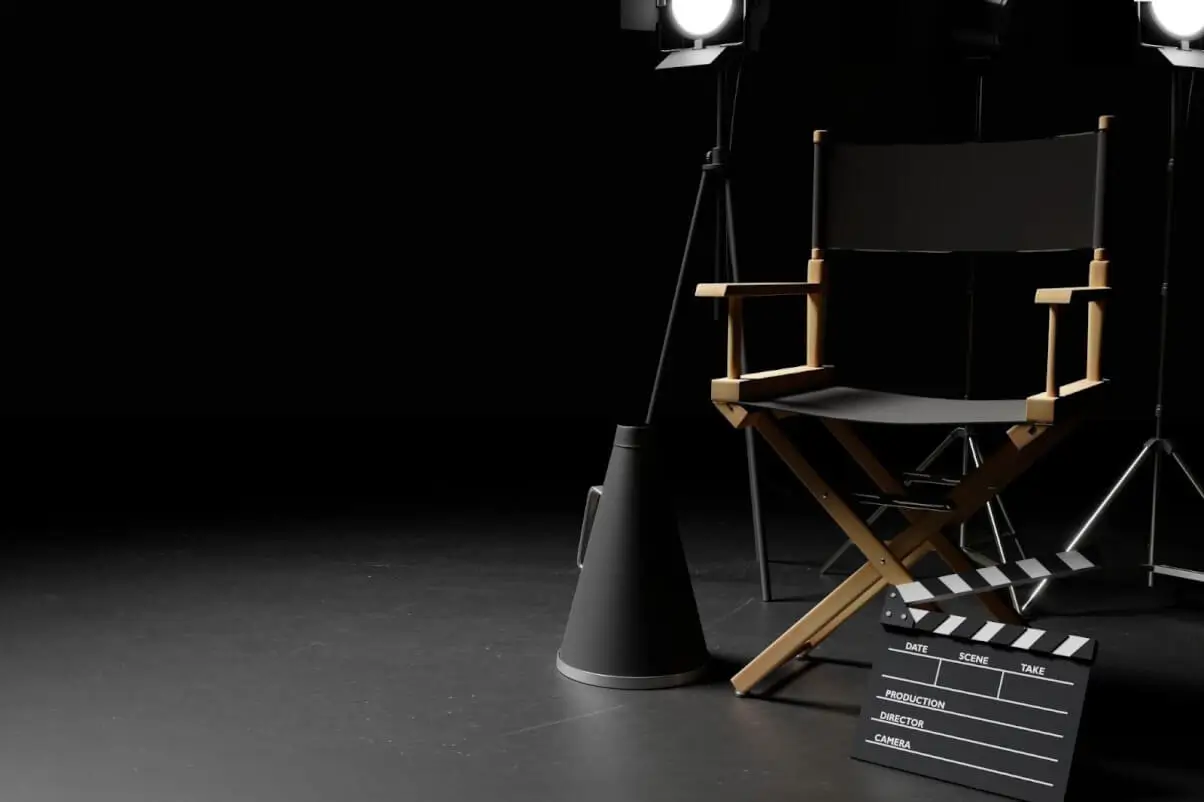
For instance, if you are going to record a wedding, make sure to know how the event goes in advance to not miss crucial shots of the ceremony. Make a list for the shoot where you include everything you need to record to make it complete. Develop your own style for the shoot that resonates with your couple and the venue.
4. Tell a Story
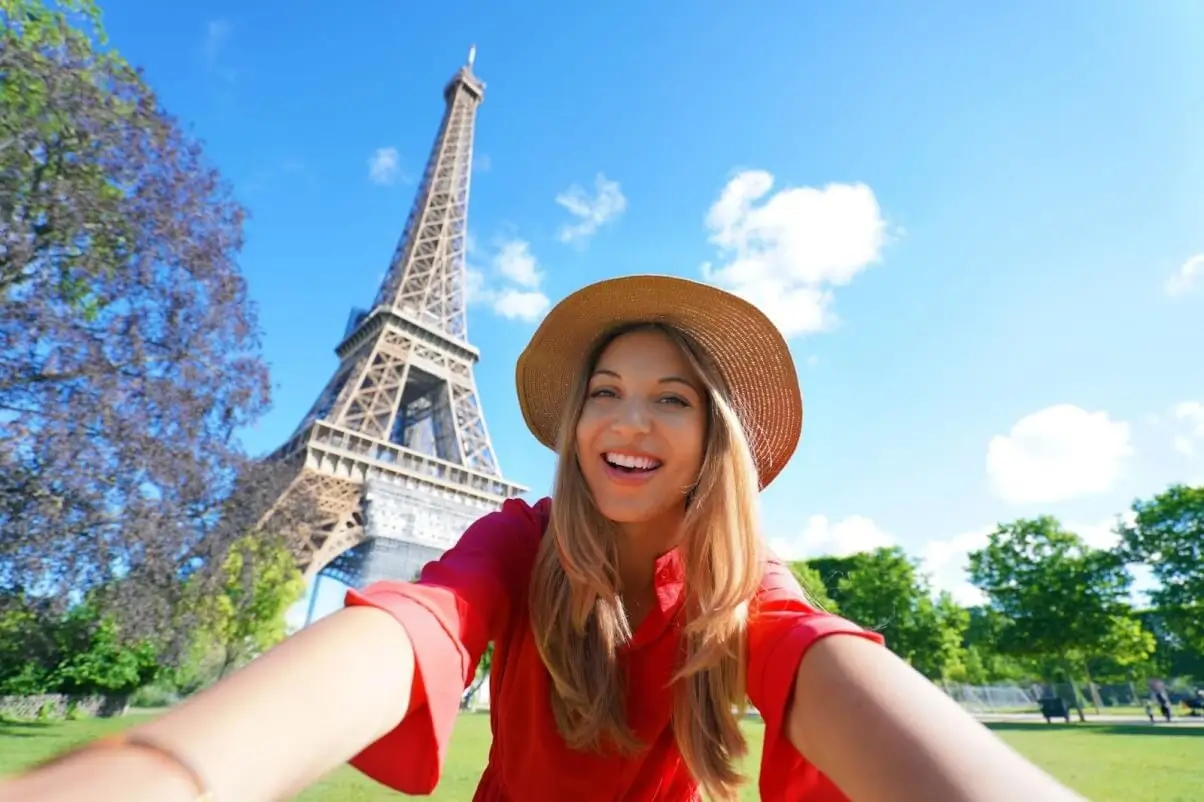
Each shoot is a story. Being able to convey a story through the lens is already elevating your product to another level. People are emotional beings, and we love stories because of that. If your video has no storyline there is no point in it. Try to record a sequence of footage that has to convey something or evoke emotion for the viewer, do a statement, and leave something to guess after as a lasting experience. In this way your videos will be interesting to watch as they offer something.
Each story is considered complete if has these features:
- Opening hook - something that grabs attention, something that includes a premise that people relate to.
- Ligature stage - where you showcase a conflict or a crucial moment that propels the story to continue.
- Resolution stage - where your character makes decisions to solve the puzzle
- Ending words or moral of the story to get this lasting feeling.
Those are basics that you may revolve any story around and develop it. You can apply it to any setting, be it a coffee commercial or apparel line of the brand.
5. Show, Don't Tell
Developing your storyline, you don’t have to tell the story but instead show it. And to show it you can use a tech called Wide-Medium-Tight. You can emphasize things in your frame for your viewers to pay attention to crucial moments with wide, medium, or tight shots. In this way, you give your audience a hint without telling them anything. People like puzzles, so, don’t make it too obvious, let their minds work. Wide-medium-Tight tech is videography basics - a cinema language that everyone can understand, and this is relevant to the saying: “Tell me something without telling me about it”.
6. Have Good Lighting
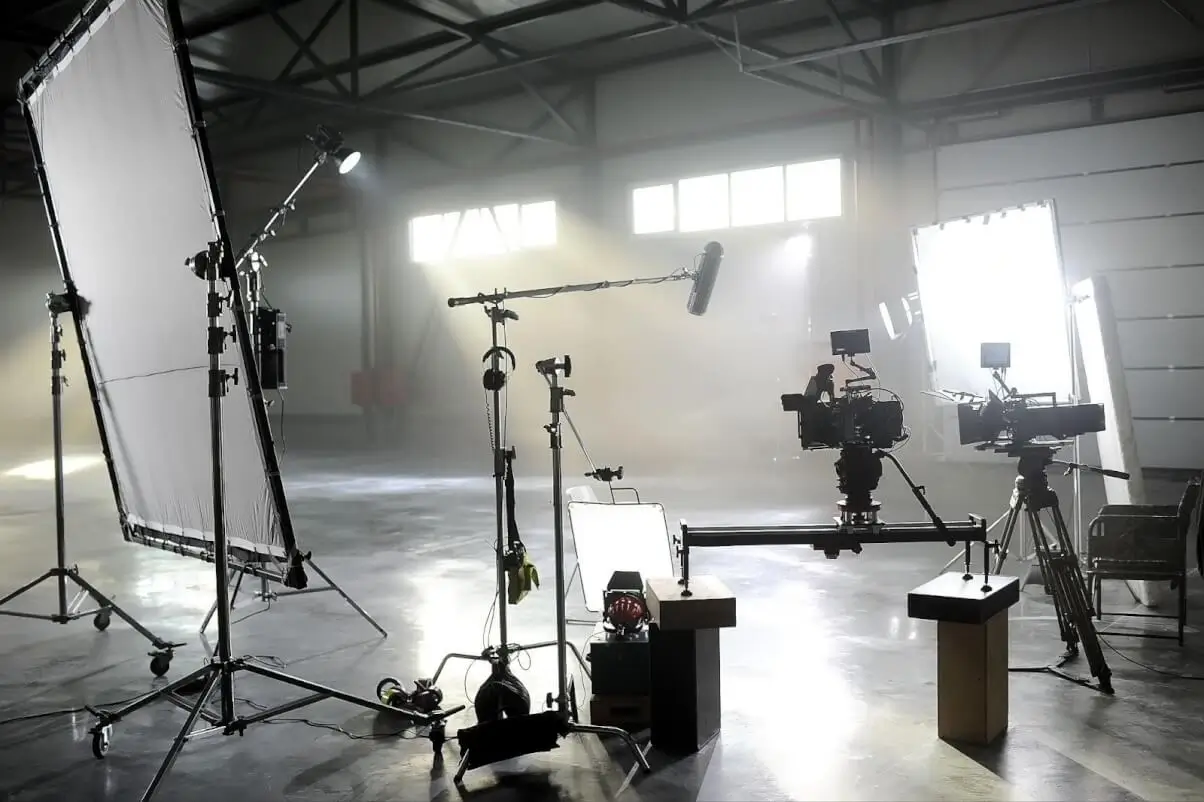
Lighting creates the atmosphere for any scene. Warm light is good for romantics, cold lights work great for the horror genre. Vibrant colors are good for comedy, whereas shadow and light interplay can set a serious mood. Consider the lighting in your scene to resonate with the plot, as the light is the same language for cinema as the framing techs.
7. Keep the Background Simple
Whatever you shoot, a busy or super-empty background may distract from the main story. Make sure to not record your footage towards an empty wall. The same works for busy backgrounds where people are going to pay attention instead of whatever you’d like to show them. Find a balance between emptiness and business to set an atmosphere for your shot making it just a small and never distracting detail that decorates your video.
8. Improve Your Composition
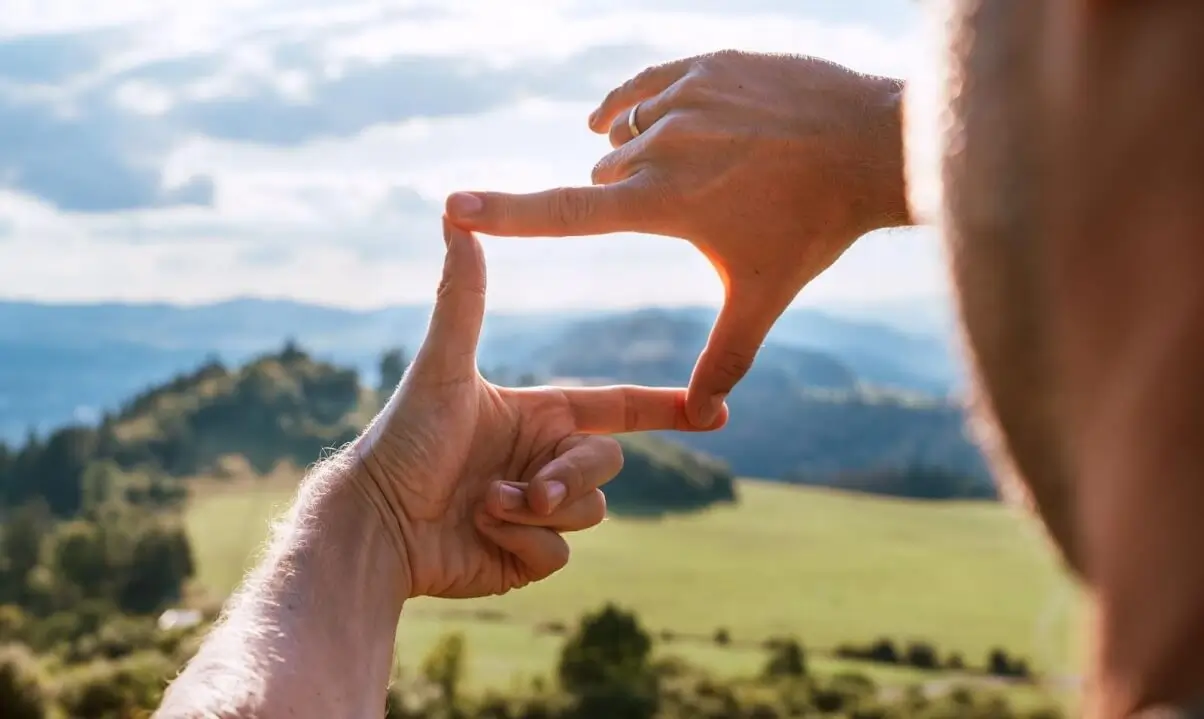
Most of the composition techs in videography are similar to photography techs. As such leading lines and the rule of thirds are a must. Leading lines speak for your scene showing where to look with simple geometry involved in your composition, be it buildings, or a road line leading to the background. Leading lines lead the attention. As for the rule of thirds, this is more about the golden ratio rule, which is meant to have your subject placed in a frame in “attention points” which you can get with the grid. Put your subject in the intersection of the grid lines as those designed with the golden ratio in mind. The rule of thirds considers negative and positive space interplay making the scene balanced.
9. Experiment with Angles
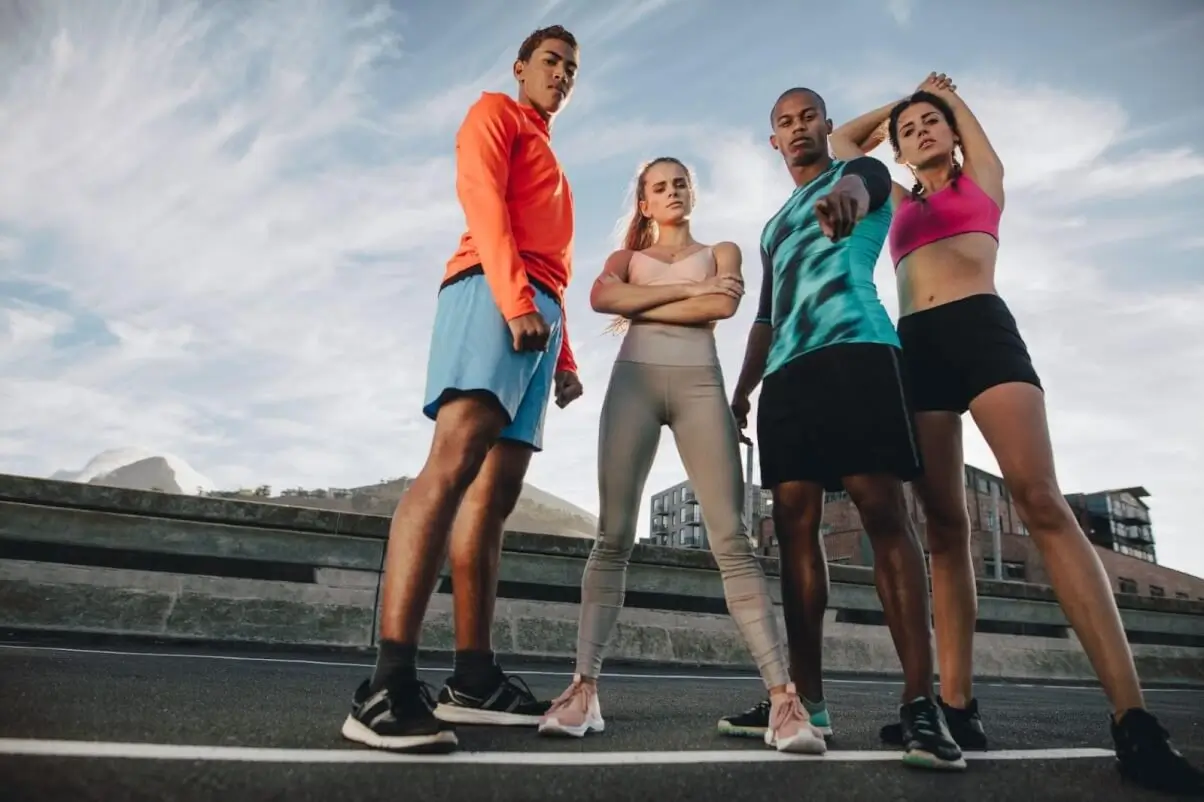
Understanding how camera angles influence mood and perspective is crucial for effective storytelling in videography. Here, we delve into the major angles employed by filmmakers, each offering a unique visual narrative.
- Low Angle:
- Perspective: Camera positioned below the eye line, looking up at the subject.
- Effect: The subject appears dominant, larger than life—often termed the "heroic" angle.
- High Angle:
- Perspective: Camera placed slightly above the subject.
- Effect: Offers a broader view of surroundings; can convey vulnerability when utilized strategically.
- Bird's Eye View:
- Perspective: Captured from a high altitude, often via drone.
- Effect: Provides an expansive overview of the environment, surpassing the scope of a high-angle shot.
- Over the Shoulder:
- Perspective: Shows the view from behind one character, over the shoulder of another.
- Effect: Commonly used for dialogue scenes, offering insight into what characters perceive or observe.
10. Shoot to Edit
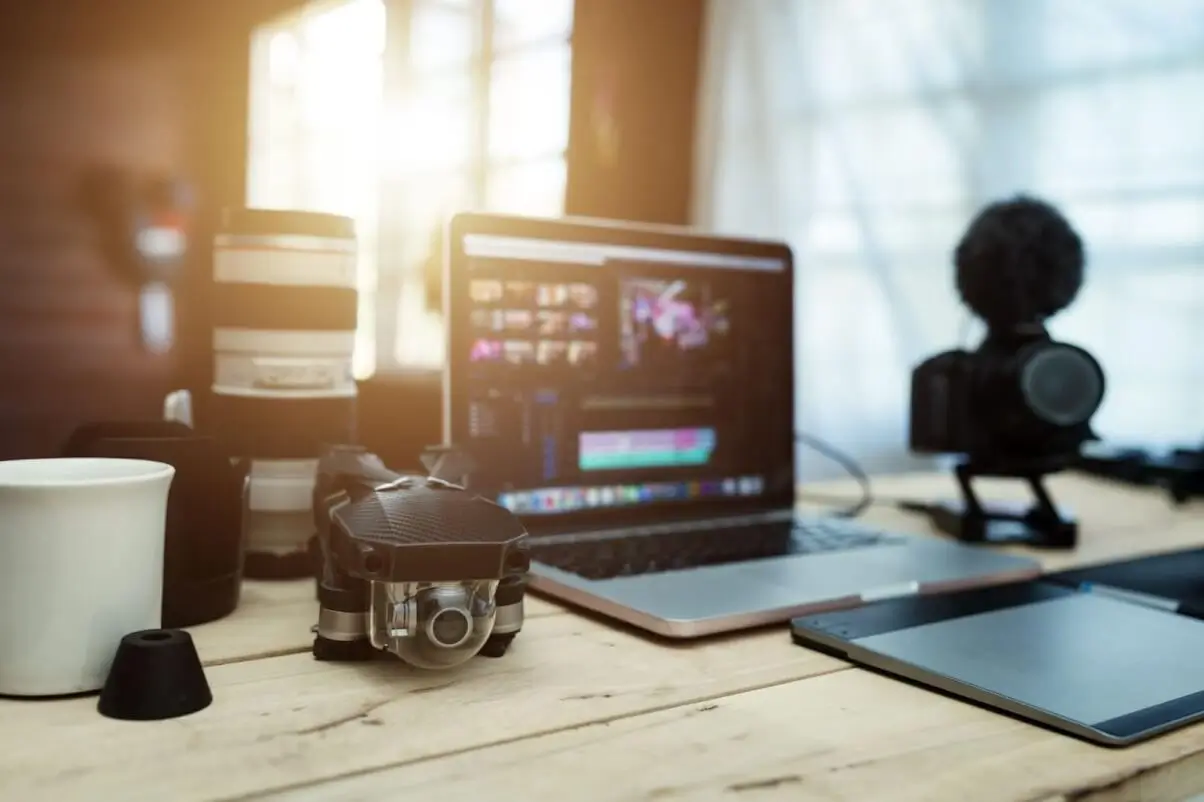
Many say that no editing in the world will solve the bad shot. Hence, you need to consider proper exposure settings, appropriate white balance, and everything you can get from your camera. Editing is meant to add final touches to your footage without overdoing it. If you have your records done good, the editing will just emphasize this effort in fine-tuning the image for better perception.

Author
Editor with 15 years of experience and enthusiasm about the digital video industry. Managed video editing processes for projects with billions of views and created flagship video products from idea to successful launch. He reads over 40 books a year and travels extensively.










